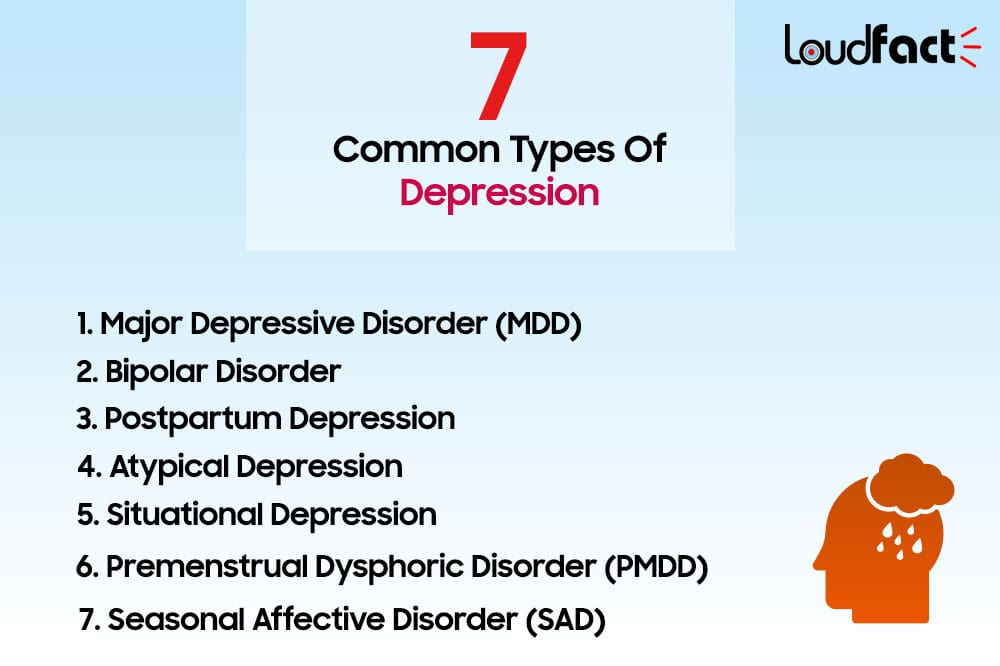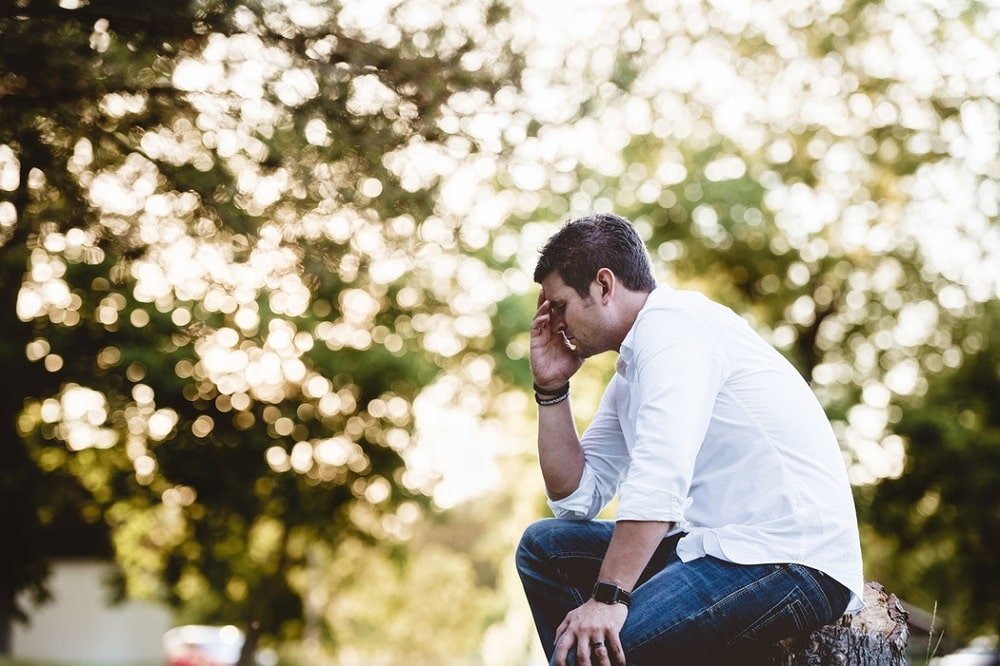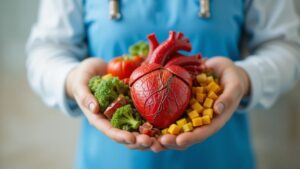Depression is one of the condition often accompanied by other symptoms such as nervousness or anxiety. For most of us, there are two types of depression. One is regular depression and another one is clinical depression.
However, most people don’t know the fact that depression is a condition and also a symptom of a condition. I know, you must be confused with the above words. But don’t worry, go through the article to know it correctly as well as the ways to solve it.
What Is Depression?
Depression is defined as a mood disorder that negatively affects how you feel, the way you think and how you act. It is a common and serious illness that causes feelings of sadness and loss of interest in your common activities.
Many don’t know the fact that depression can lead to numerous emotional and physical problems. The affected person may lose its interest from work and other common activities.
Common Types Of Depression & Treatments:
You will be surprised by the fact that depression is the leading cause of disability worldwide. According to the World Health Organization (WHO), Globally, depression affects more than 300 million people of all ages.
In the United States, depression is one of the most common mental health disorders which is now becoming more widespread, especially among youths.
Although there are many different reasons for depression, some of which we don’t fully understand. Here are seven of the most common types of depression that generally observed in most people.

1. Major Depressive Disorder (MDD): A Common Type of Depression
Major Depressive Disorder or MDD is a mood disordered, most people generally refer this with the term clinical depression.
According to the National Institute of Mental Health (NIMH), about 7 percent of the adult U.S. population has this debilitating mental health condition at any given time.
Among all types of depression, if you’re experiencing the major depressive disorder, you may feel and see signs like:
- Extreme sadness
- Lack of interest in pleasurable activities
- Changes in weight
- Changes in sleep
- Fatigue
- Feelings of worthlessness and guilt
- Difficulty concentrating
- Thoughts of death and suicide
If someone encounters the majority of these types of depression symptoms for more than a two-week period, they will often be diagnosed with MDD.
2.Bipolar Disorder: From High to Low (and Back to High Again)
Bipolar disorder was previously called the manic-depressive disorder as its symptoms can alternate between mania and depression. Bipolar disorder is another mood disorder which can be mild(hypomania) or can be so extreme that it can require hospitalization.
Affected persons may experience a depressed mood and diminished interest in activities. It has a number of emotional and physical symptoms which may include:
- High energy and Excitement
- Irritability and anxiety
- Racing thoughts
- Hopelessness and loss of self-esteem
- Fatigue, insomnia, and lethargy
- Unexplained aches, pains, and psychomotor agitation
It has four basic subtypes:
- Bipolar I (at least one manic episode)
- Bipolar II (hypomanic episodes along with depression)
- Cyclothymic disorder
- Other specified bipolar and related disorder.
In Bipolar disorder, Psychosis (including hallucinations and delusions) can also occur in more extreme cases. People with these types of depression are typically prescribed with mood stabilizers.
Also Read:
3. Postpartum Depression: Sadness After Having a Baby
Pregnancy can affect a woman’s moods by bringing significant hormonal shifts. You will be amazed by the fact that nearly 16 percent of new moms are diagnosed with this type of depression. Postpartum depression can cause serious concerns like confusion, hallucinations or delusions.
Some common symptoms of this type of depression are:
- Anxiety and fatigue
- Loneliness and extreme sadness
- Hopelessness
- Suicidal thoughts
- Fears about hurting the baby
- Feelings of disconnect from the child
This type of depression can occur anywhere from weeks to months after childbirth and may require experience medical care.
4. Premenstrual Dysphoric Disorder (PMDD): When Depression Strikes Women Once a Month
The premenstrual dysphoric disorder is a kind of depression that affects women during the second half of their menstrual cycle. Symptoms may include:
- Extreme fatigue and depression
- Feeling sad, hopeless, or self-critical
- Severe feelings of stress or anxiety and mood swings
- Irritability
- Inability to concentrate
- Food cravings or binging
Treatment for this kind of depression may include a major in addition to antidepressants and lifestyle changes as well as talk and nutrition therapies.
5. Seasonal Affective Disorder (SAD): Extreme Winter Weariness
Seasonal affective disorder or SAD is a type of depression that typically occurs in winter climates, due to the lack of natural sunlight. Nearly 7 percent of people in the United States estimated to have this depression.
Some of its symptoms are,
- Sleepiness
- Weight gain during the winter months
- Anxiety
- Increased irritability
- Daytime fatigue
SAD can often be treated with light therapy to offset the seasonal loss the daylight.
6. Atypical Depression: A Misunderstood Type of Depression
Atypical Depression is one of the most common types of depression which doesn’t follow the general presentation of the disorder. Some of its symptoms are,
- Overeating or weight gain
- Sleeping too much
- Fatigue, weakness
- Extreme sensitivity to rejection
- Strongly reactive moods
Unlike other forms of depression, people with atypical depression react better to a type of antidepressant known as a monoamine oxidase inhibitor (MAO).
Also Read:
- Best Times To Drink Water That Gives Amazing Benefits
- Amazing Health Benefits Of Lemon That Many Don’t Know
- Best Superfoods To Build Muscle & Strength
7. Situational Depression: When Life Gets You Down
Situational depression is one of the common types of depression which is also called an adjustment disorder. Generally, situational depression is triggered by a stressful or life-changing event, such as a job loss, the death of a loved one, or even a bad breakup. It is the most common depression than that of major depressions. Its symptoms are,
- Nervousness
- Excessive sadness
- Worry

Situational depression often tends to clear up over time once the event ends but its advisable to do some medications during this period.
Conclusion:
There are a number of things you can do to reduce the symptoms of depression which includes regular exercise, quality sleep, a healthy diet. However, If you are experiencing symptoms of any of the above depressions, it’s always advisable to see your family psychiatrist or physician.




